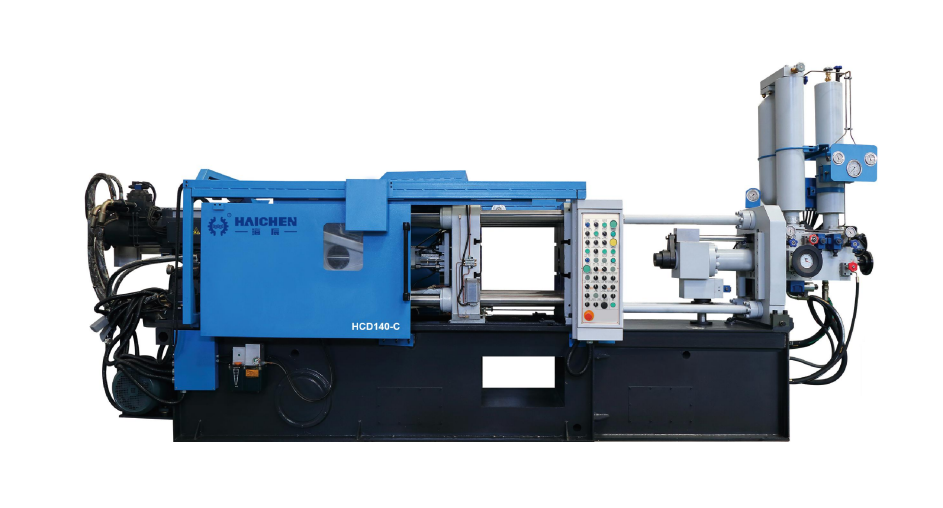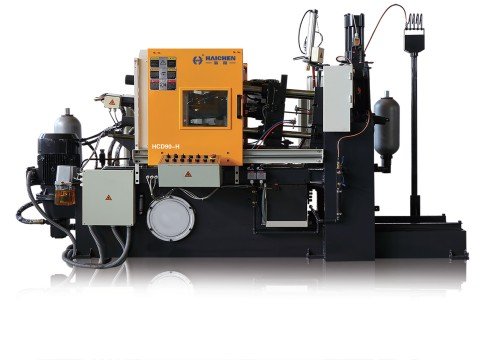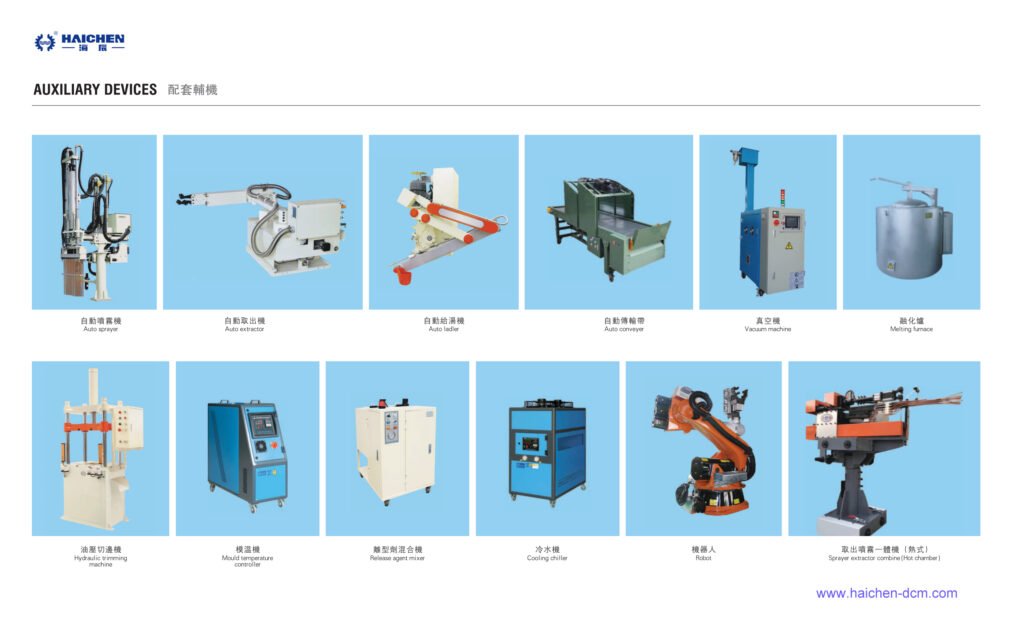Low Pressure Die Casting (LPC) is an advanced casting technology mainly used to produce thin-walled and complex-shaped metal parts.

This technology avoids the common problems of pores and oil bubbles in high-pressure casting by injecting molten metal into the mold at a lower pressure, while improving material utilization and product quality.
1. Low Pressure Die Casting: Process principle
In the low-pressure die casting process, the mold is usually installed above a sealed crucible containing molten metal. The molten metal guides from the bottom to the mold cavity through a riser. Compressed air or inert gas injects below the liquid surface of the molten metal, pushing the molten metal upward and filling the mold cavity.
This method can effectively avoid oxidation and the formation of inclusions, thereby improving the purity and surface quality of the casting.
2. Main features
Precise control: Low-pressure die casting can accurately control the filling of the mold cavity, ensuring the dimensional accuracy and surface finish of the casting.
Reduce defects: Due to the smooth flow of molten metal without turbulence, the casting has lower porosity and less oxide layer, which improves the overall quality of the casting.
Suitable for complex designs: Low-pressure die casting is particularly suitable for the production of parts with complex geometries and thin-walled structures, such as wheels, cylinders, etc. in automotive parts.
Production efficiency: Although low-pressure die casting is slower, its production cycle is short and suitable for mass production.
3. Process steps
Mold preparation: The mold usually made of high-temperature resistant materials. Coat with a ceramic coating to prevent molten metal from sticking.
Molten metal processing: After the molten metal heats to the appropriate temperature. It slowly injects into the mold cavity through a vertical pipe.
Pressure filling: Compressed air or inert gas injects below the liquid surface of the molten metal, pushing the metal upward and filling the mold cavity.
Cooling and solidification: The metal in the mold cavity cools and solidifies under pressure to form the final casting.
Demolding and cleaning: After the casting is cooled, the mold is opened, the casting is taken out and subsequently processed.
4. Application Areas
Low-pressure die casting widely uses in industries such as automobiles, aerospace, electronics and household appliances. For example, in the automotive industry, it uses to produce wheels, cylinder blocks and other high-performance light alloy parts.
5. Advantages and Disadvantages
Advantages:
- High precision and consistency
- Low porosity and oxide layer
- Suitable for complex designs
- Short production cycle
Disadvantages:
- Slow production speed
- Not suitable for the production of thin-walled parts (thickness less than 3mm).
Low-pressure die casting is an efficient and reliable casting process, especially suitable for the production of high-quality, complex-shaped metal parts. Its wide application in multiple industrial fields proves its important position in modern manufacturing.
Haichen die casting machine
Haichen is one Chinese die casting machine manufacturer for more than 10years. We produce both high pressure cold chamber die casting machine and hot chamber die casting machine. They have durable and highly precise features.


Haichen also produce die casting machine auxiliary equipment. Such as conveyor, vacuum machine, mold temperature controller, industrial robot, sprayer and so on.

We supply cold chamber and hot chamber die casting machine spare parts.
Welcome contact us.



